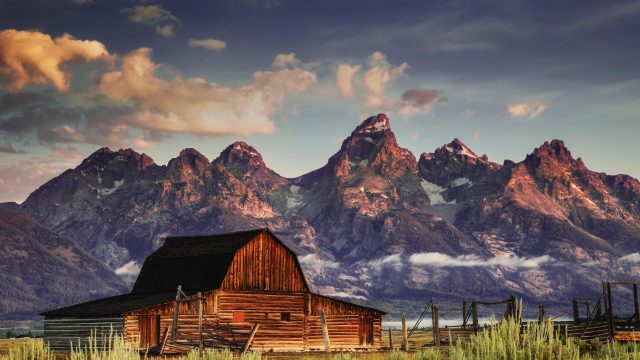
From “What to do?” to Fully Planned Family Adventure
Published on July 26, 2023
From “What to do?” to Fully Planned Family Adventure A Mom is one phone call away from the family trip of a lifetime By: Jennifer Tombaugh, Tauck President Last month, my summer vacation plans fell apart. One son’s internship started earlier than expected, my eldest daughter’s art project needed advanced prep, and our carefully planned, […]
Keep reading
Navigating the Unpredictable: Unpacking the Most Common Travel Insurance Claims and How to Handle Them
Published on July 17, 2023
Navigating the Unpredictable: Unpacking the Most Common Travel Insurance Claims and How to Handle Them By: Redpoint Travel Protection Travel is, by nature, an unpredictable endeavor. We plot our journeys with meticulous detail, but life has a way of inserting unexpected plot twists. It’s these unforeseen curveballs that make travel insurance such a vital companion […]
Keep reading
Kauai: A Day in the Life of Hawaii’s Oldest Island
Published on June 29, 2023
Kauai: A Day in the Life of Hawaii’s Oldest Island By Dale Myers, Pleasant Holidays The islands of Hawaii are diverse: Maui is a mecca with its Seven Sacred Pools. The Island of Hawaii is bigger than all the other Hawaiian Islands combined, is the most ecologically diverse and has one of the most active […]
Keep reading
Eight Immersive Travel Experiences in Manitoba
Published on June 14, 2023
Eight Immersive Travel Experiences in Manitoba By: Melanie Swenarchuk The province of Manitoba, nestled in the heart of Canada, offers visitors a chance to embark on extraordinary eco-friendly tours, discover captivating Indigenous attractions, and indulge in immersive cultural experiences. With its untouched natural landscapes and commitment to sustainability, Manitoba beckons travelers seeking genuine adventure and […]
Keep reading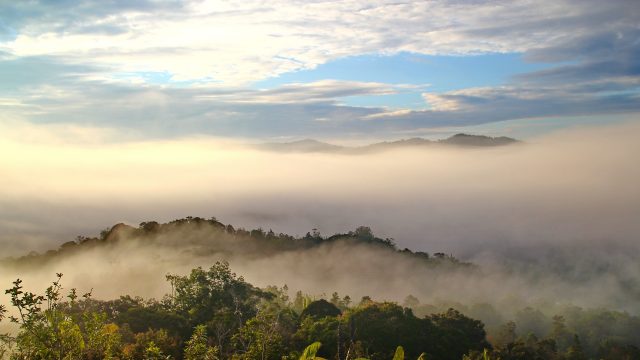
The Plight of the Forest Person
Published on May 24, 2023
The Plight of the Forest Person By: Ralf Korber – SITA World Tours Wake up is at 3am. Breakfast. At 4am we get into our two boats, ten of us in each simple, open craft to go down the lower Kinabatangan River to the Bornean village of Sukau where a bus will be waiting returning […]
Keep reading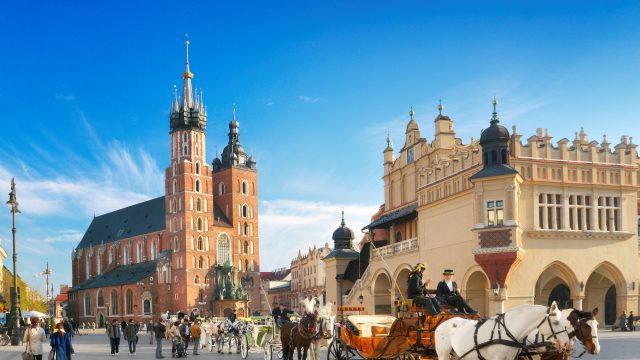
Poland
Open hearts. Open arms.
Published on May 10, 2023
Poland Open hearts. Open arms. The people of Poland have a long tradition of welcoming guests and for centuries accepting travelers under their roof was a matter of common courtesy. Today, visitors can experience this hospitality both in big-city hotels, picturesquely located manors and palaces, and in the idyllic surroundings of agro-tourism farms or vineyards. You’ll […]
Keep reading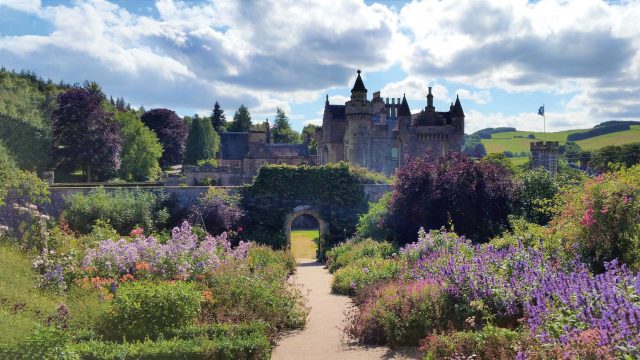
Blooming Marvelous!
Published on March 29, 2023
Blooming Marvelous! The Gardens of Britain and Ireland By: Noreen Bowden, CIE Tours The splendid gardens of Britain and Ireland are treasure troves of history and heritage. Many are located on the grounds of the most magnificent castles, palaces, and stately homes, offering a wonderful natural counterpoint to the grand architecture nearby. Let’s explore some […]
Keep reading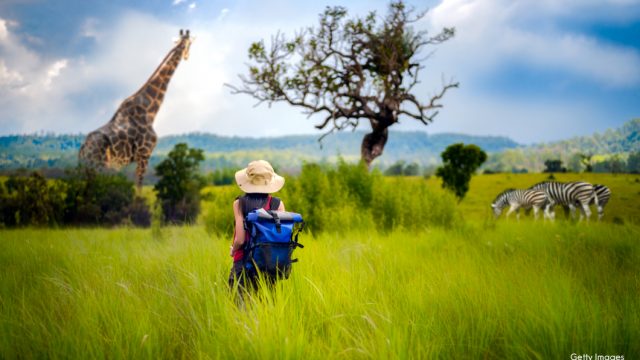
Solo Travel
Published on March 8, 2023
Solo Travel By: Lion World Travel Is travel to Africa on your bucket list, but not on your partner’s? Do you and your partner take vacations at different times? Do you like to travel with your friends, but prefer to stay in your own room? Solo travel offers new opportunities and fantastic experiences. There is […]
Keep reading
Meaningful Family Safari
Published on February 22, 2023
Meaningful Family Safari By: African Travel Inc. An African safari is a unique bonding opportunity with loved ones. Children will be awestruck as the giraffe, zebras and elephants of their textbooks are brought to life. Parents or grandparents will love seeing the kids gain new insights, while experiencing diverse cultures. What better way to inspire […]
Keep reading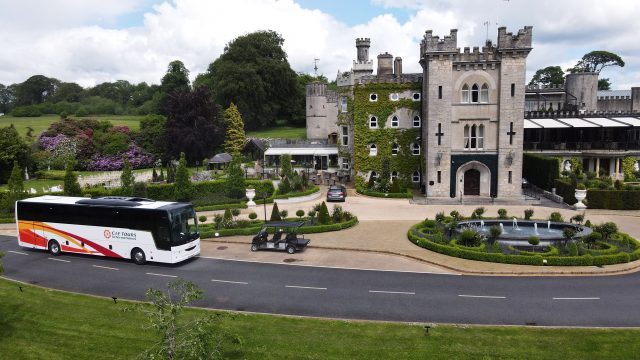
Debunking Common Myths about Guided Vacations
Published on November 21, 2022
Debunking Common Myths about Guided Vacations By Lisa Sands, Director of Marketing, CIE Tours As it relates to fast-paced journeys through Europe, you’ve likely heard the phrase “if it’s Tuesday, this must be Belgium!”. A 1969 movie by that name exaggerated the experiences people had in the early days of motorcoach touring; and although the […]
Keep reading
